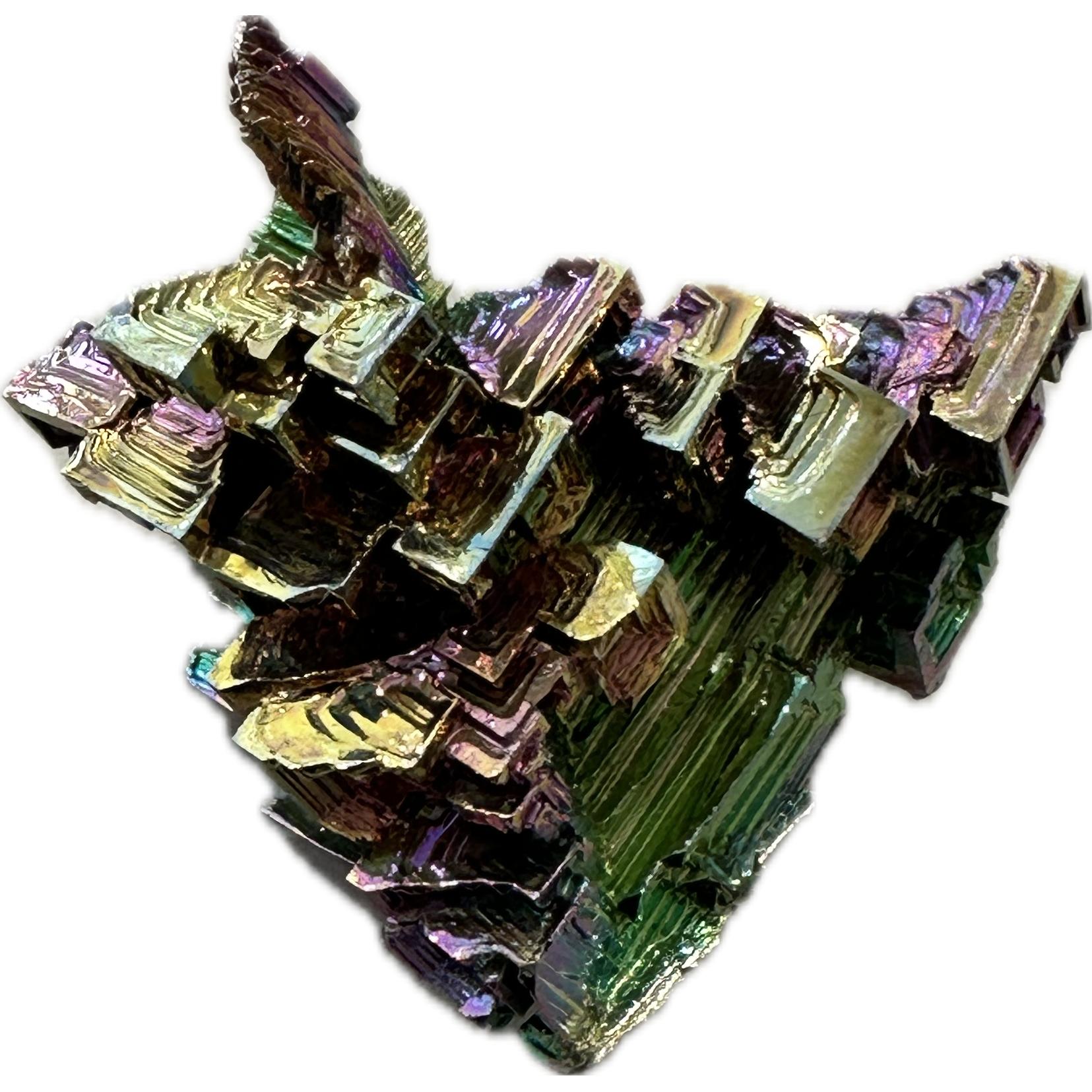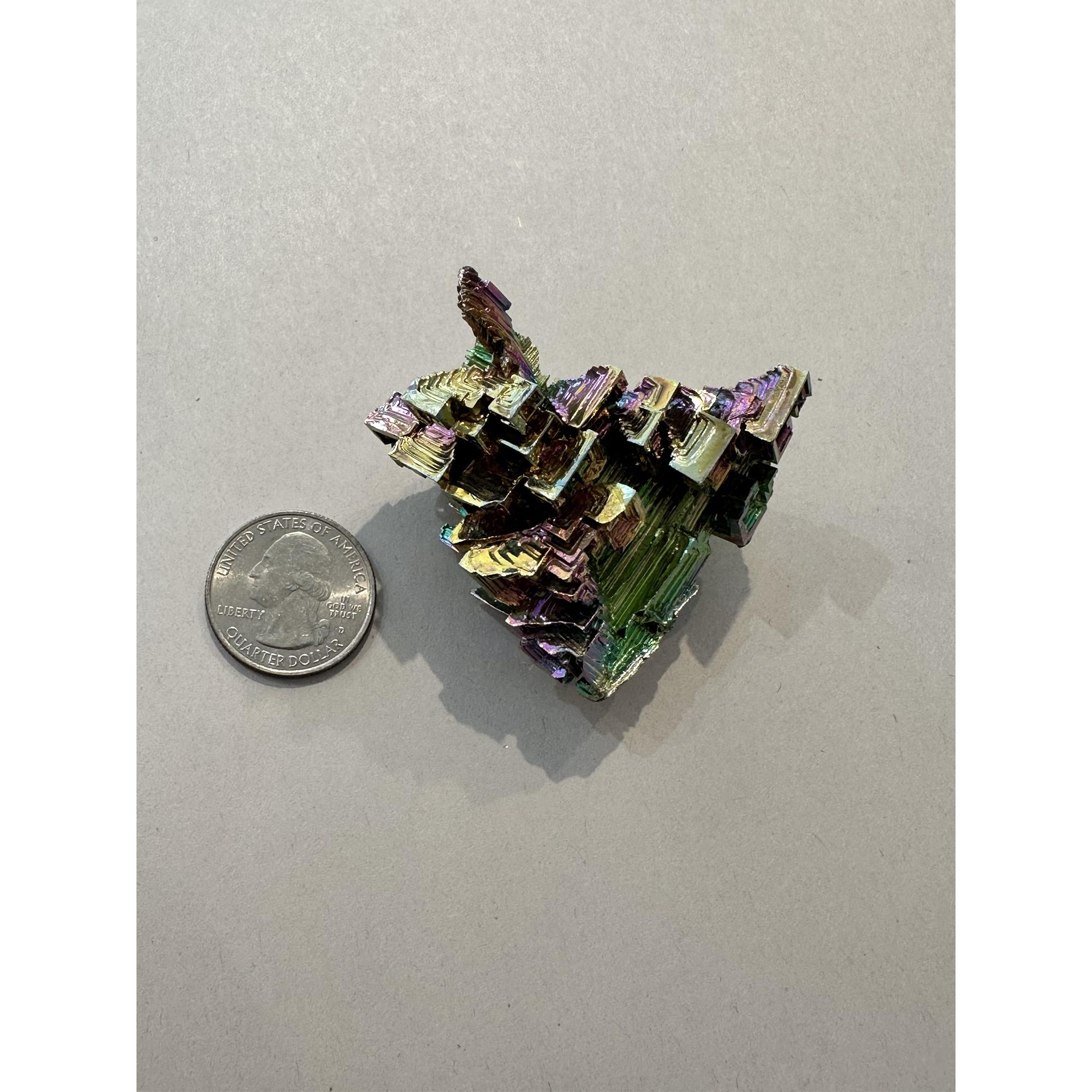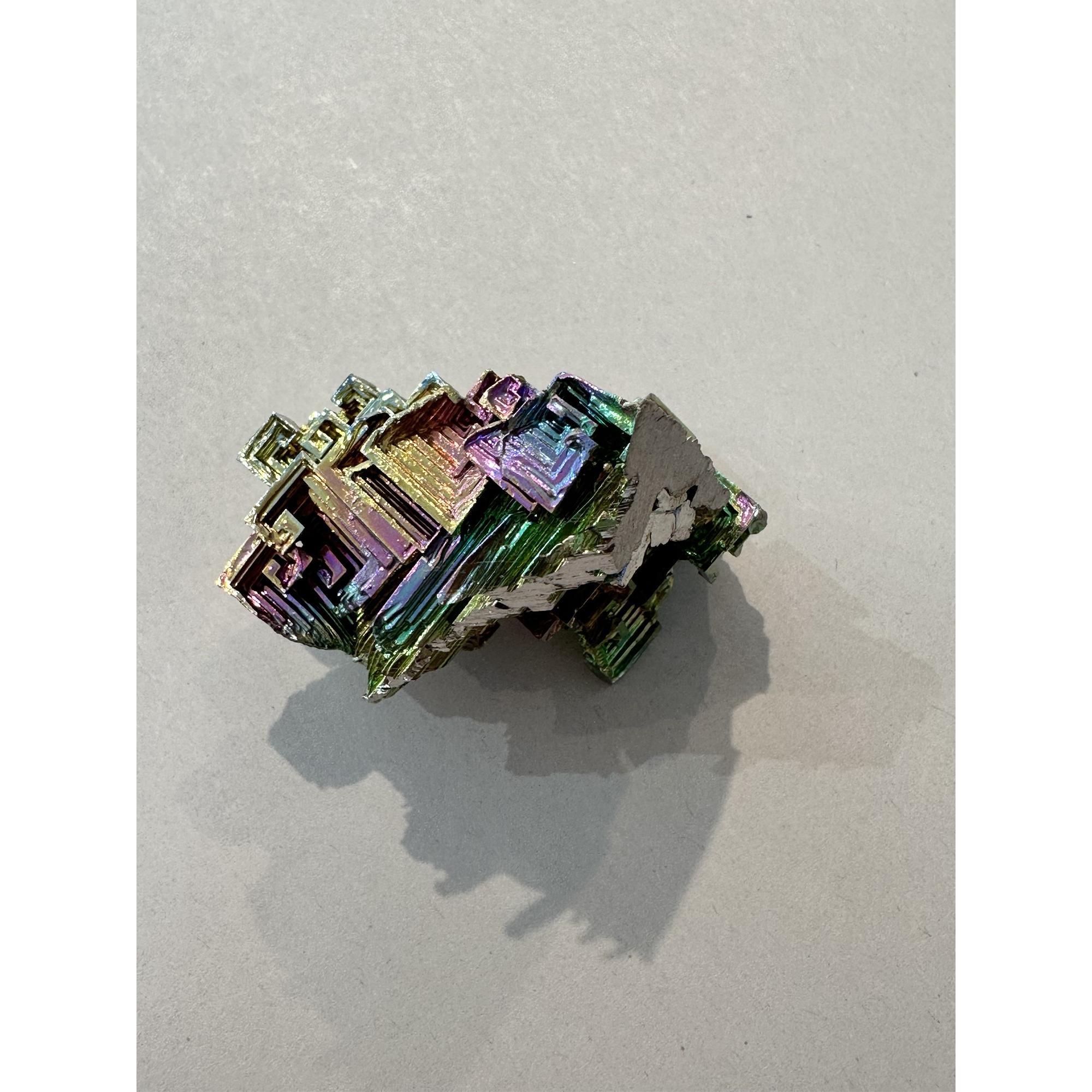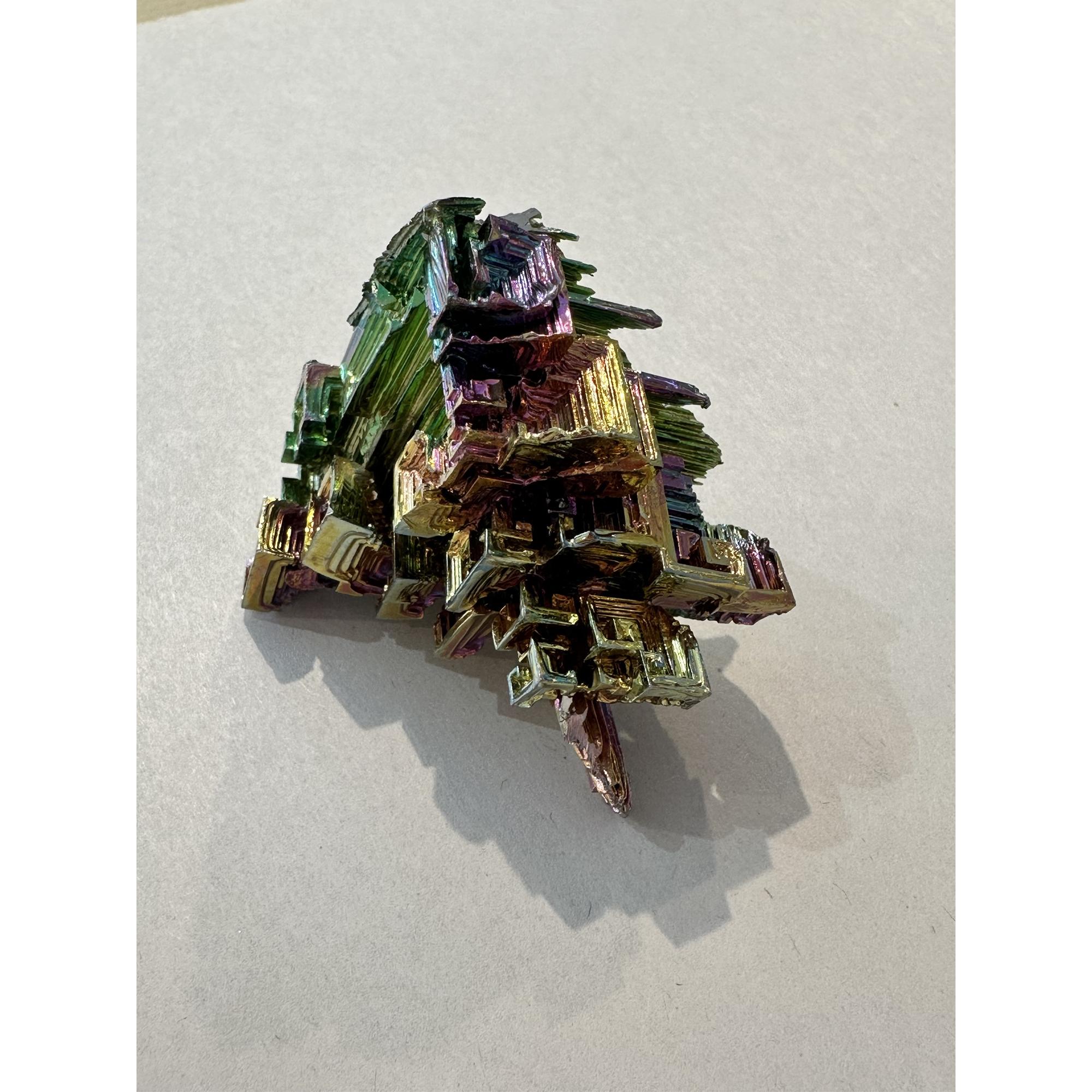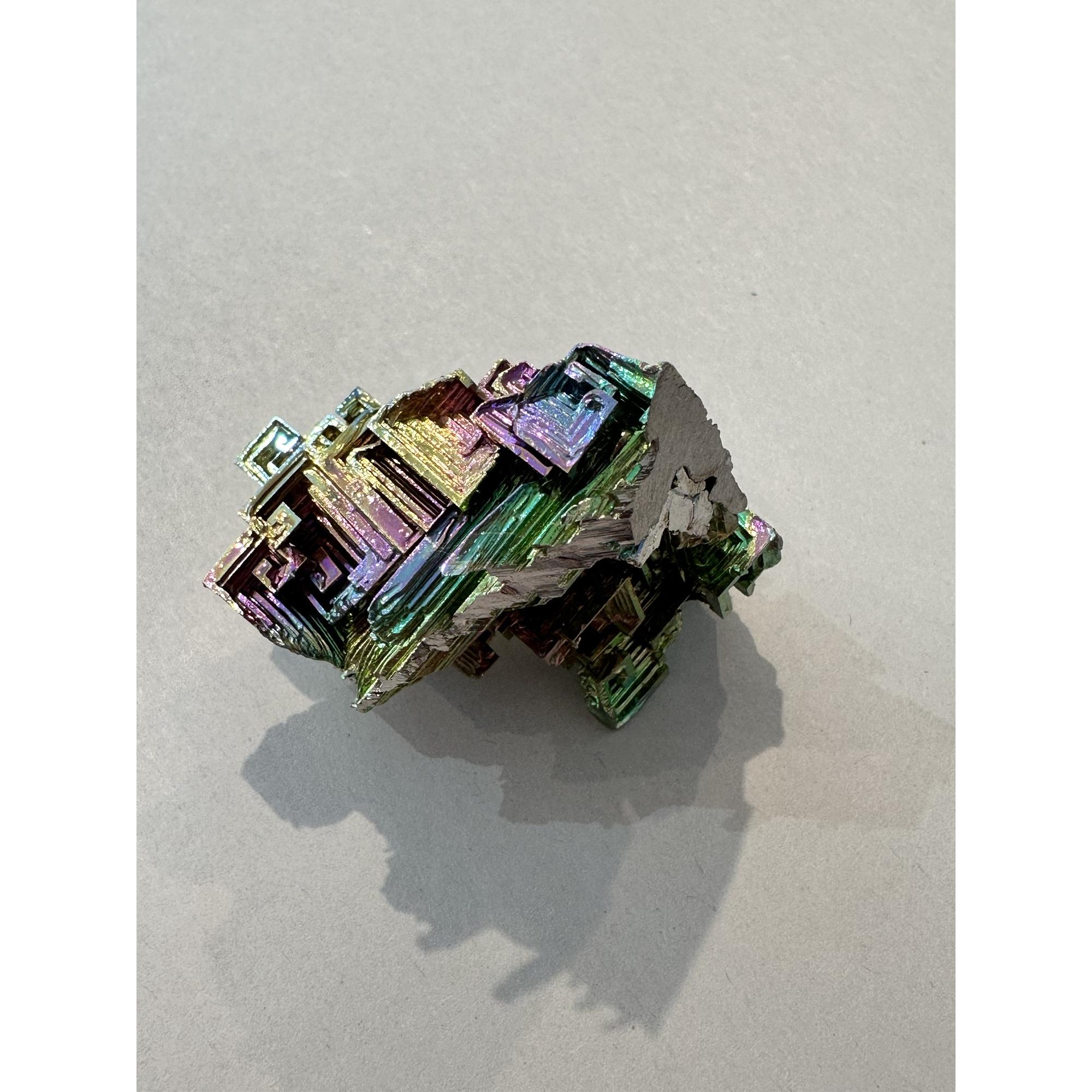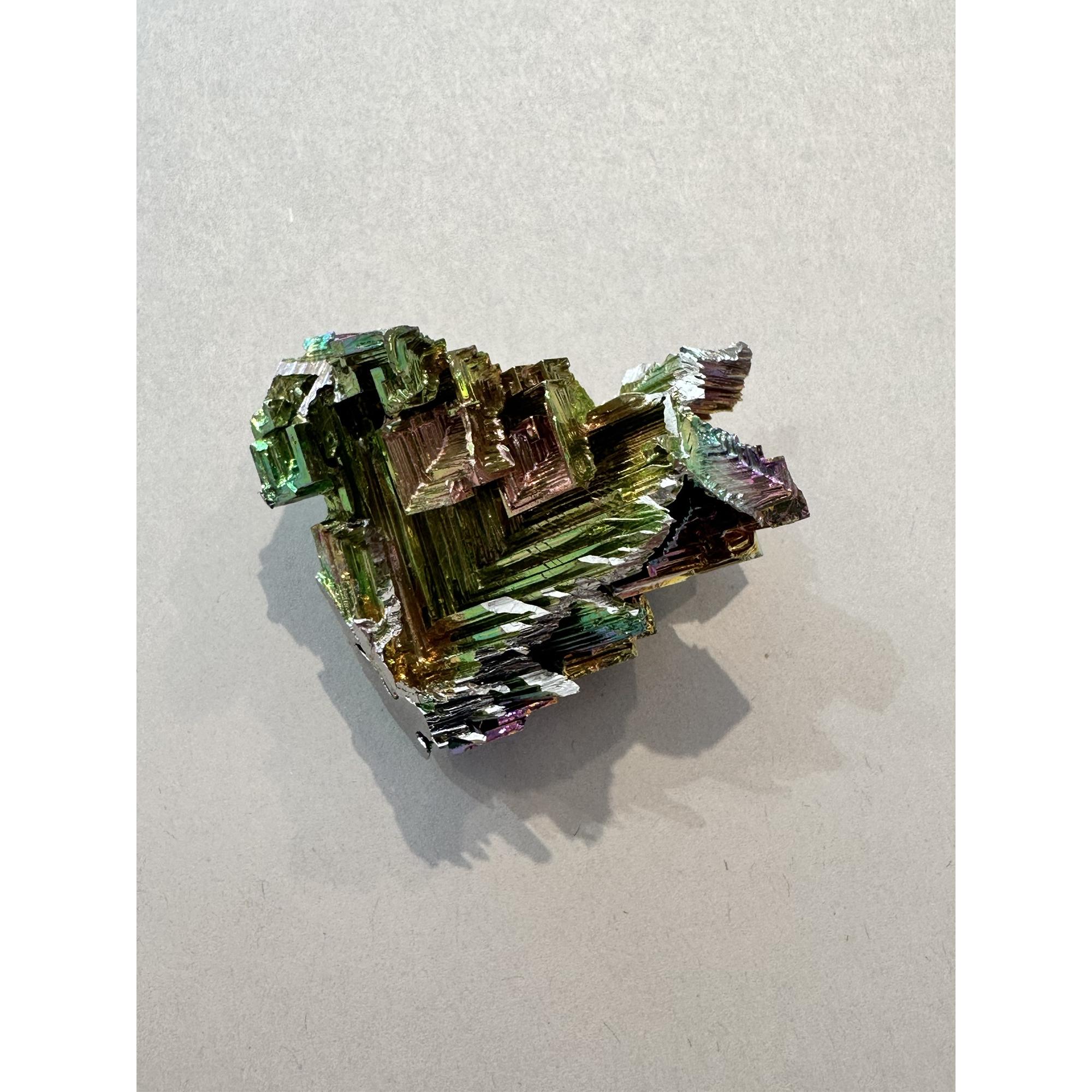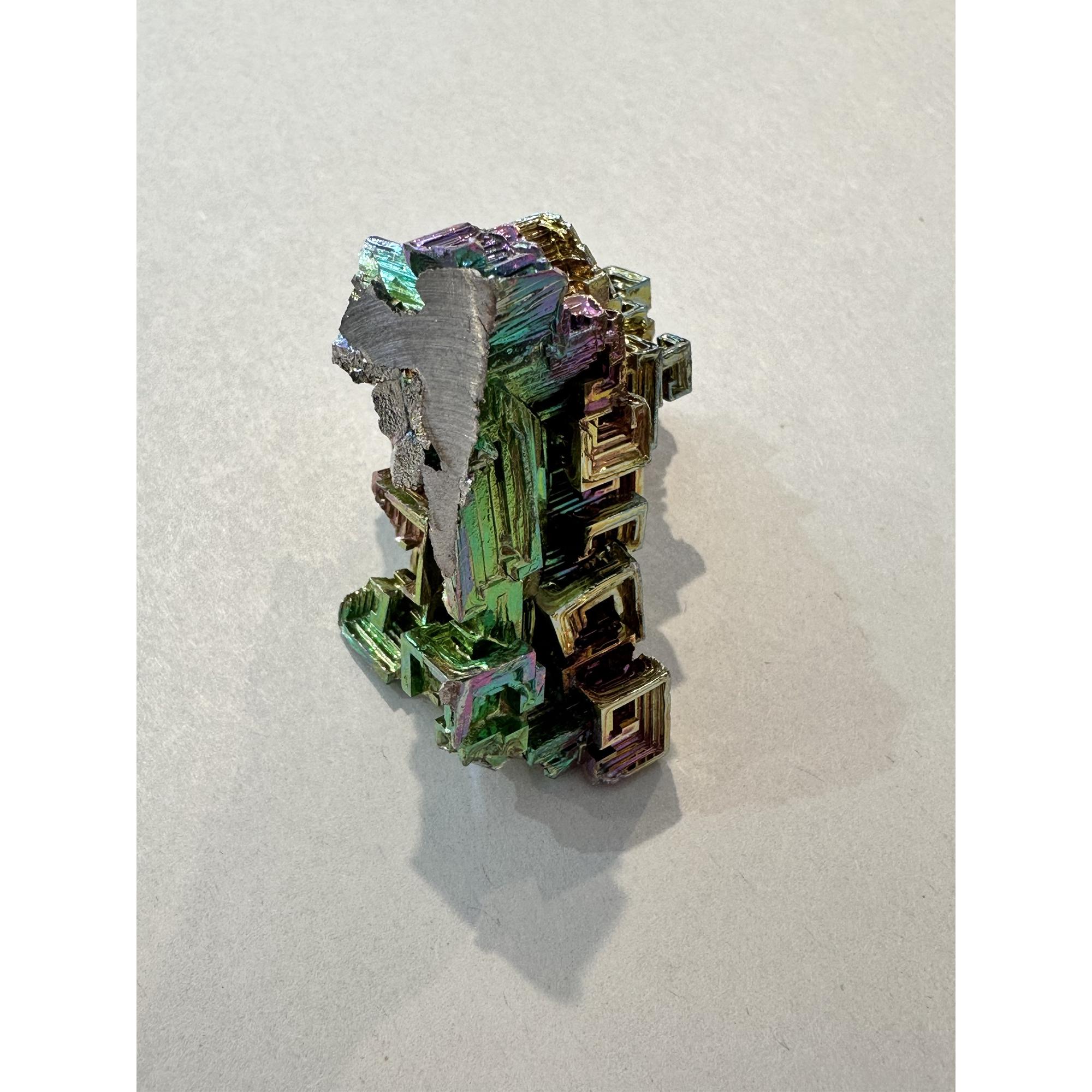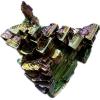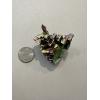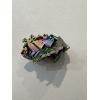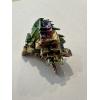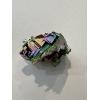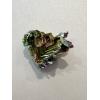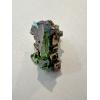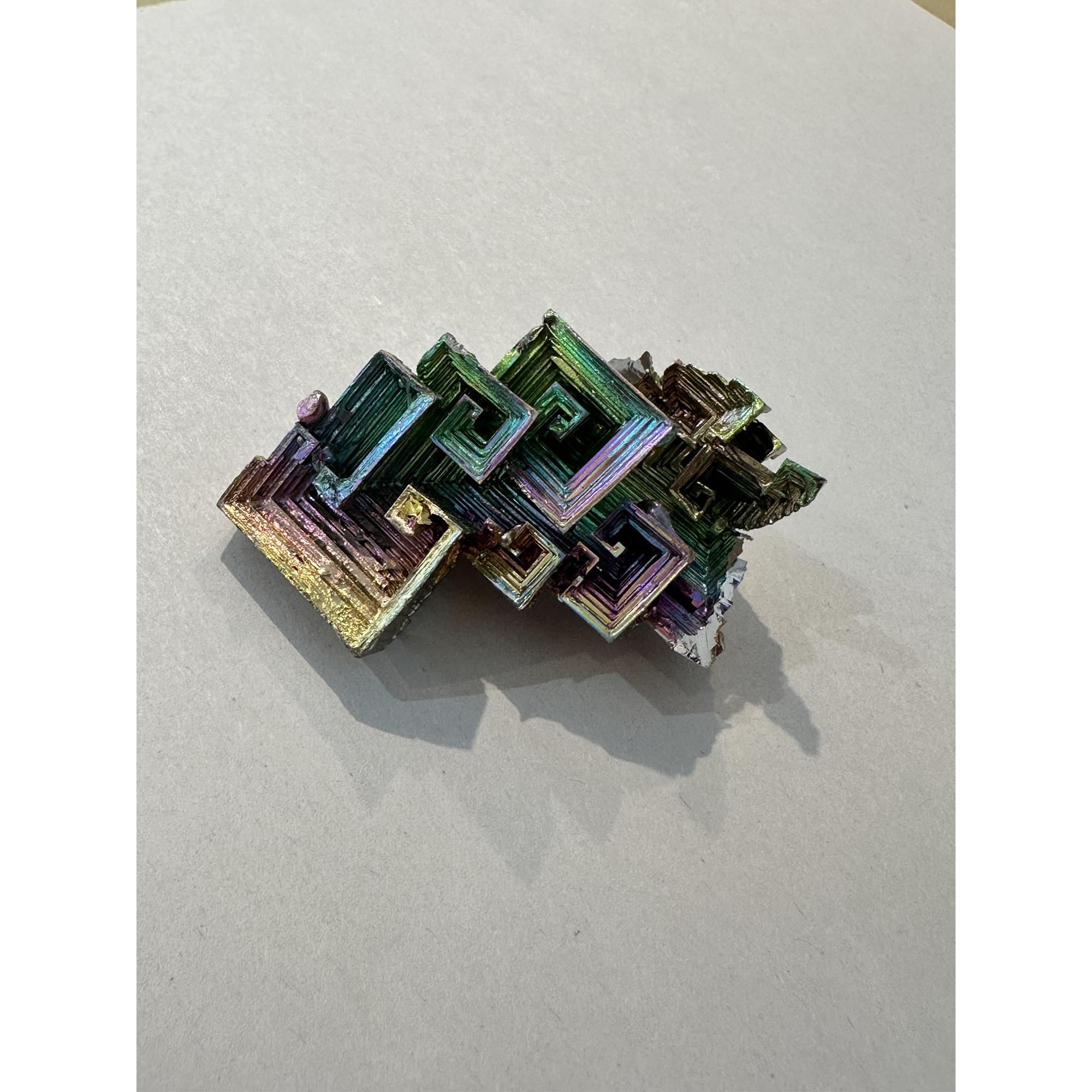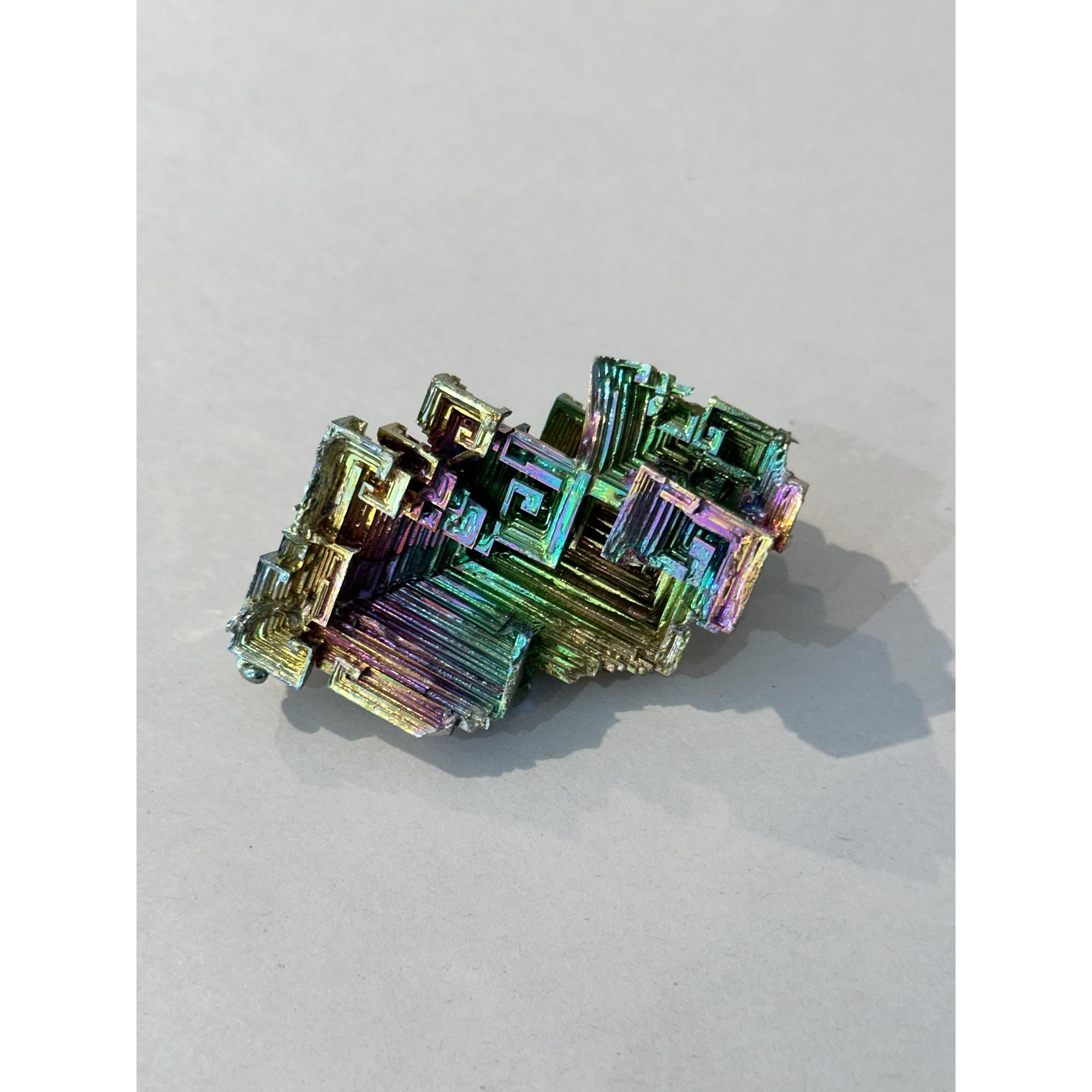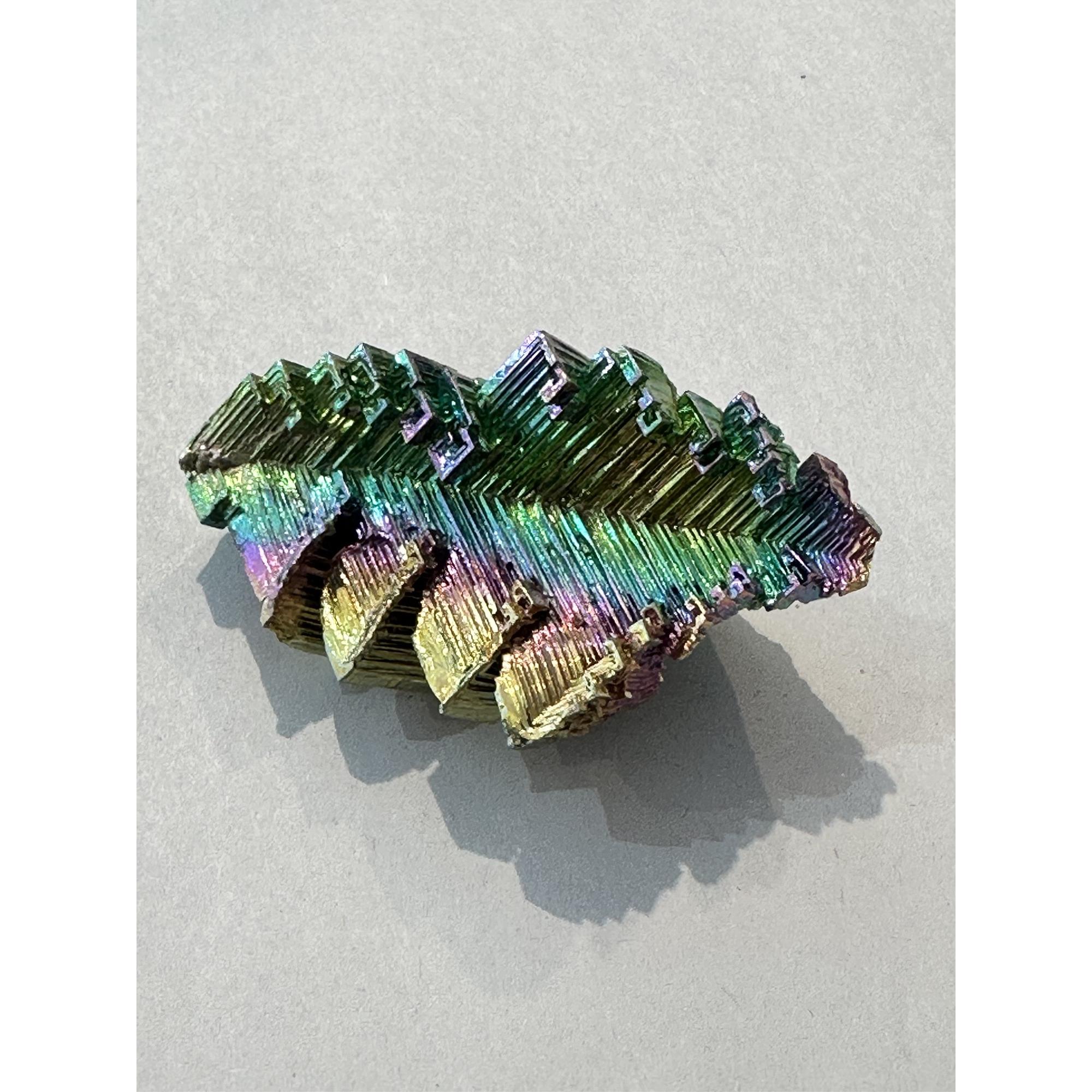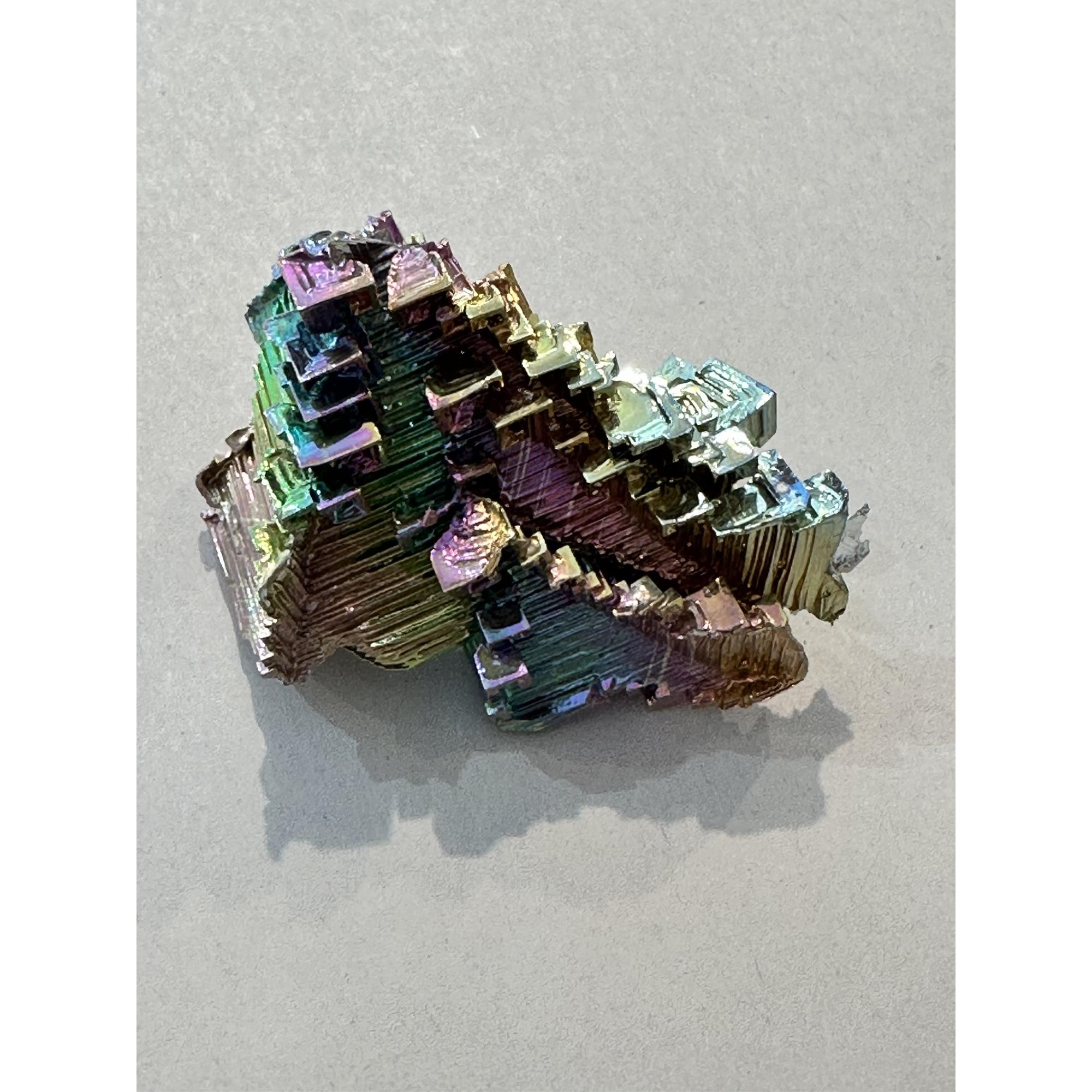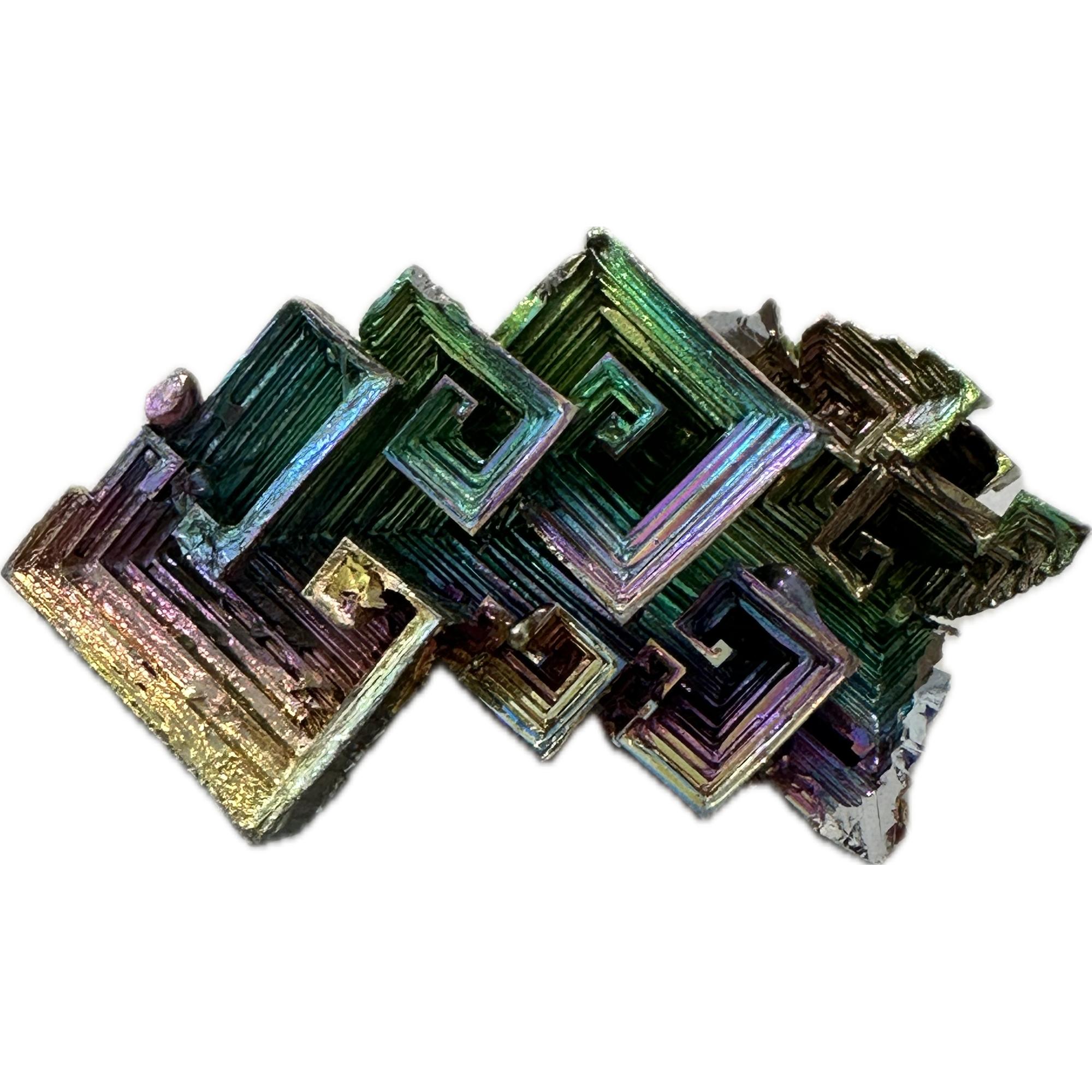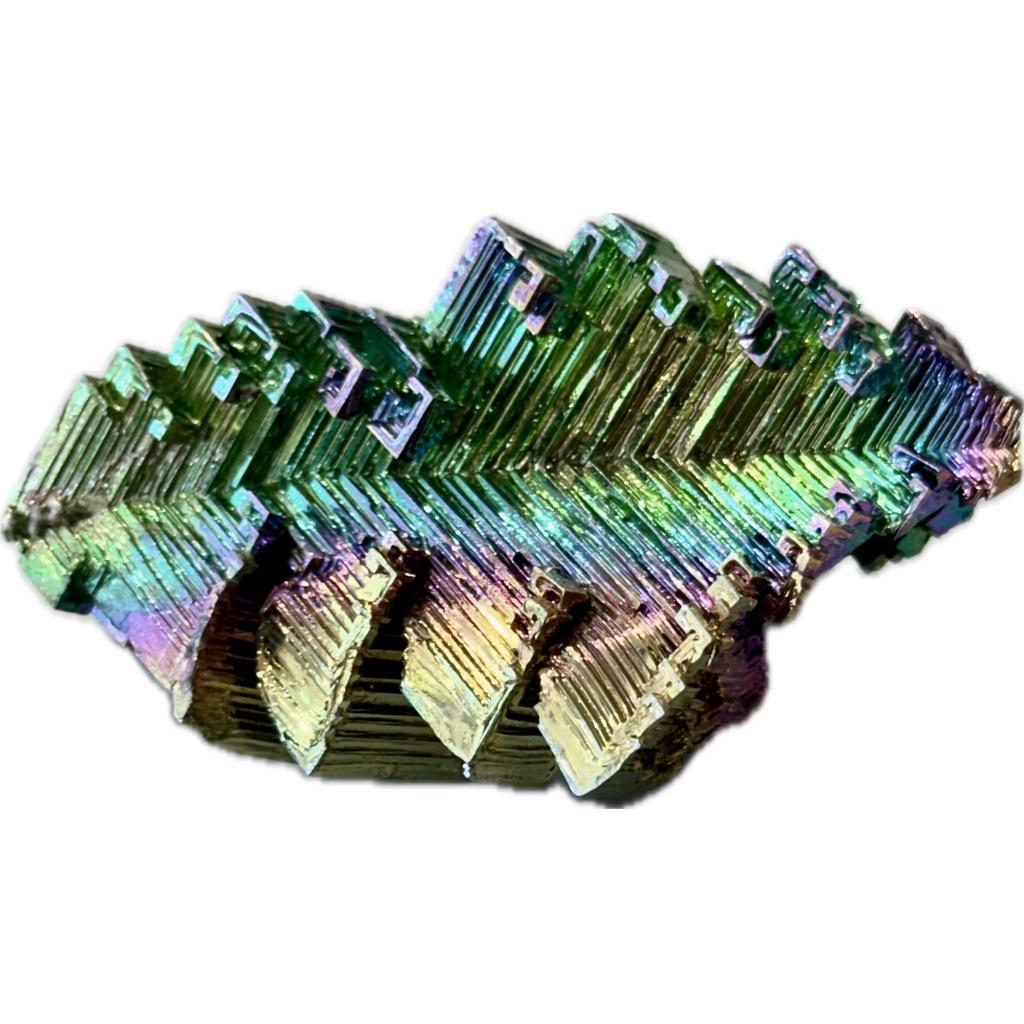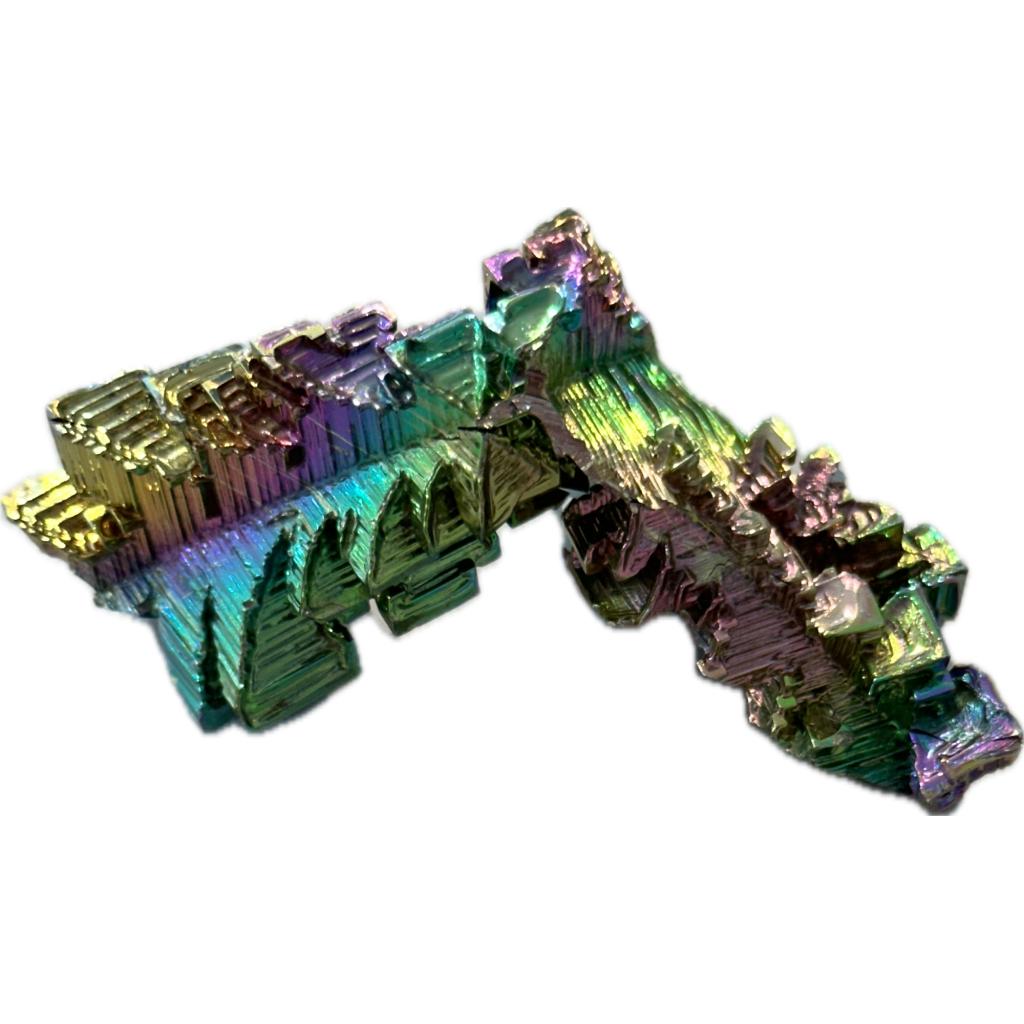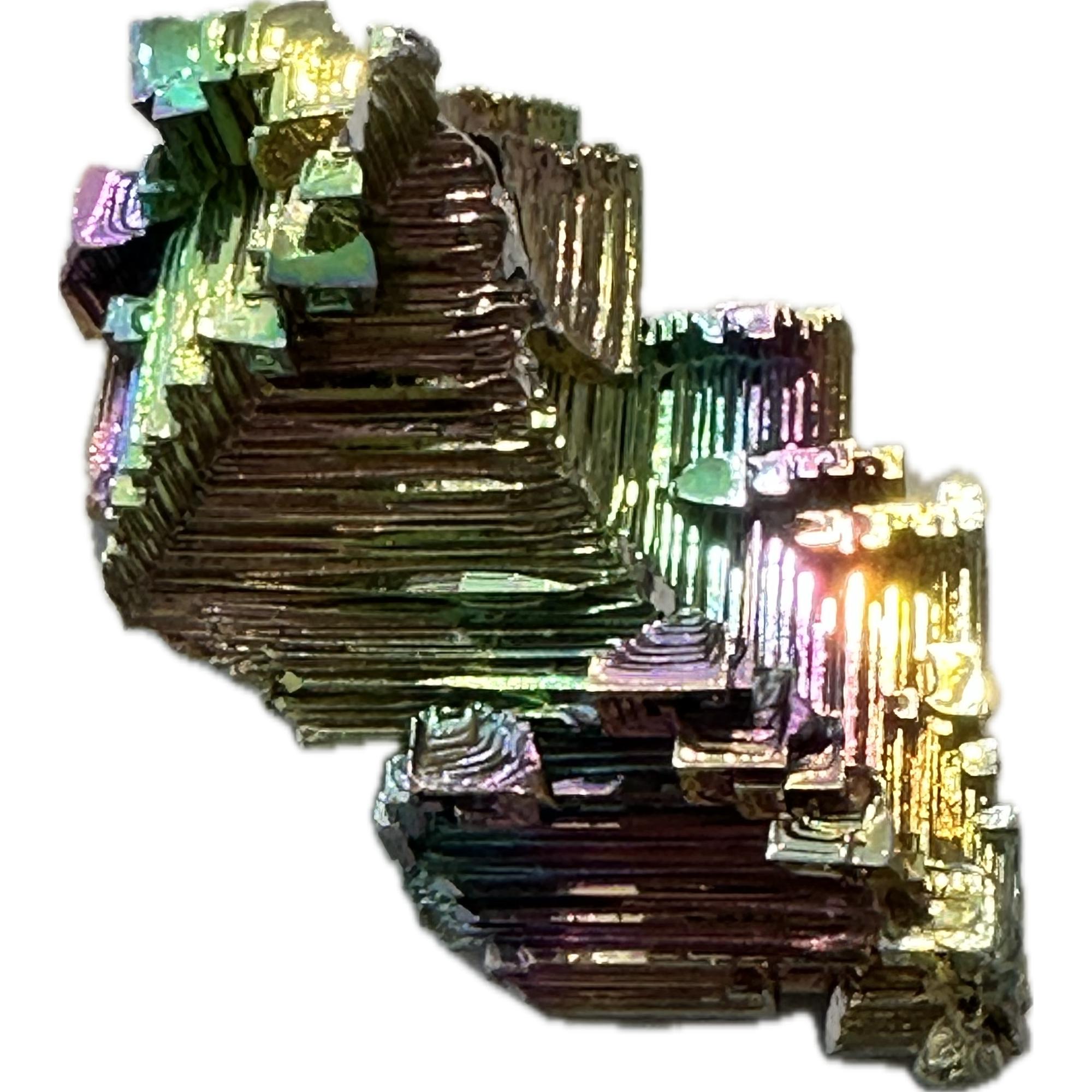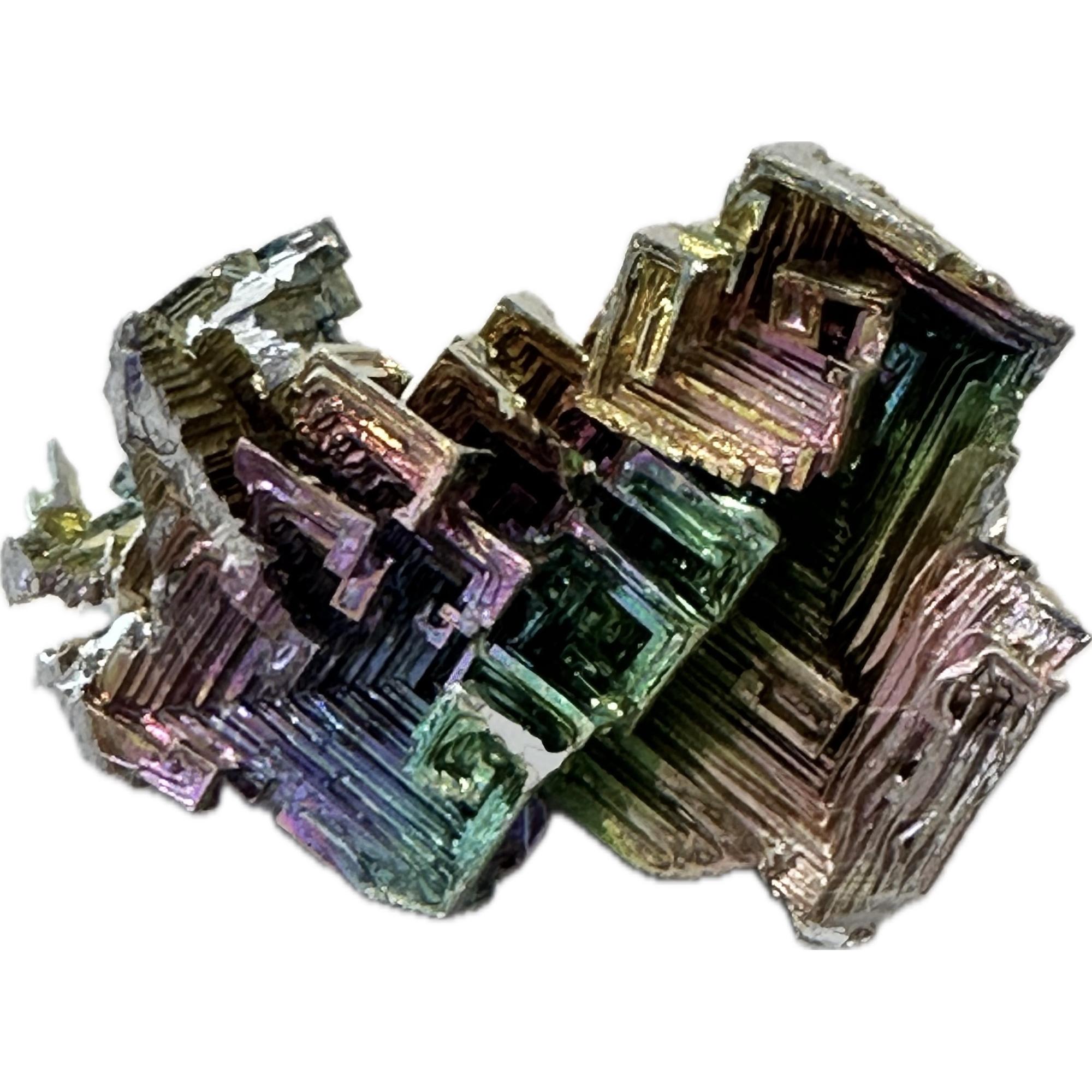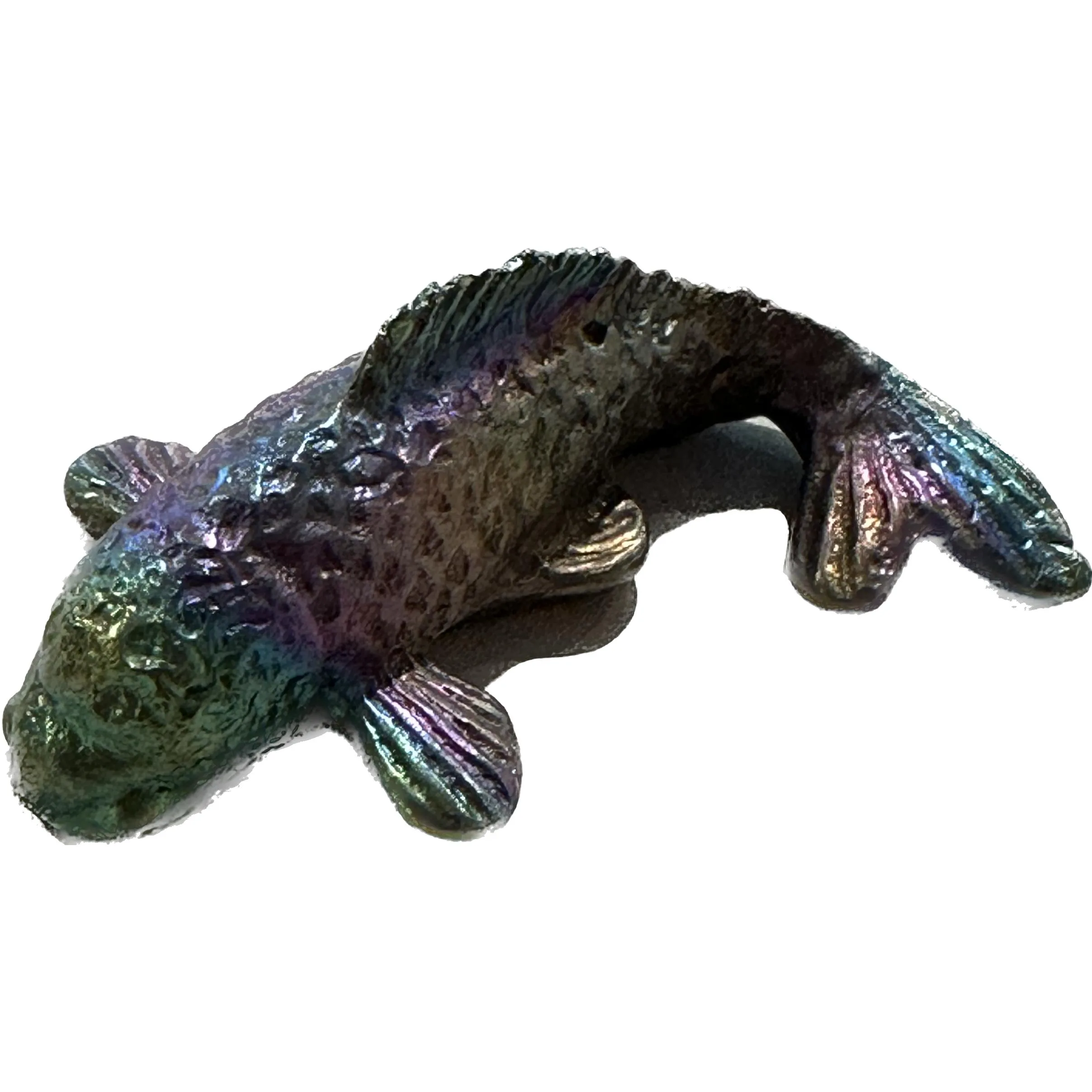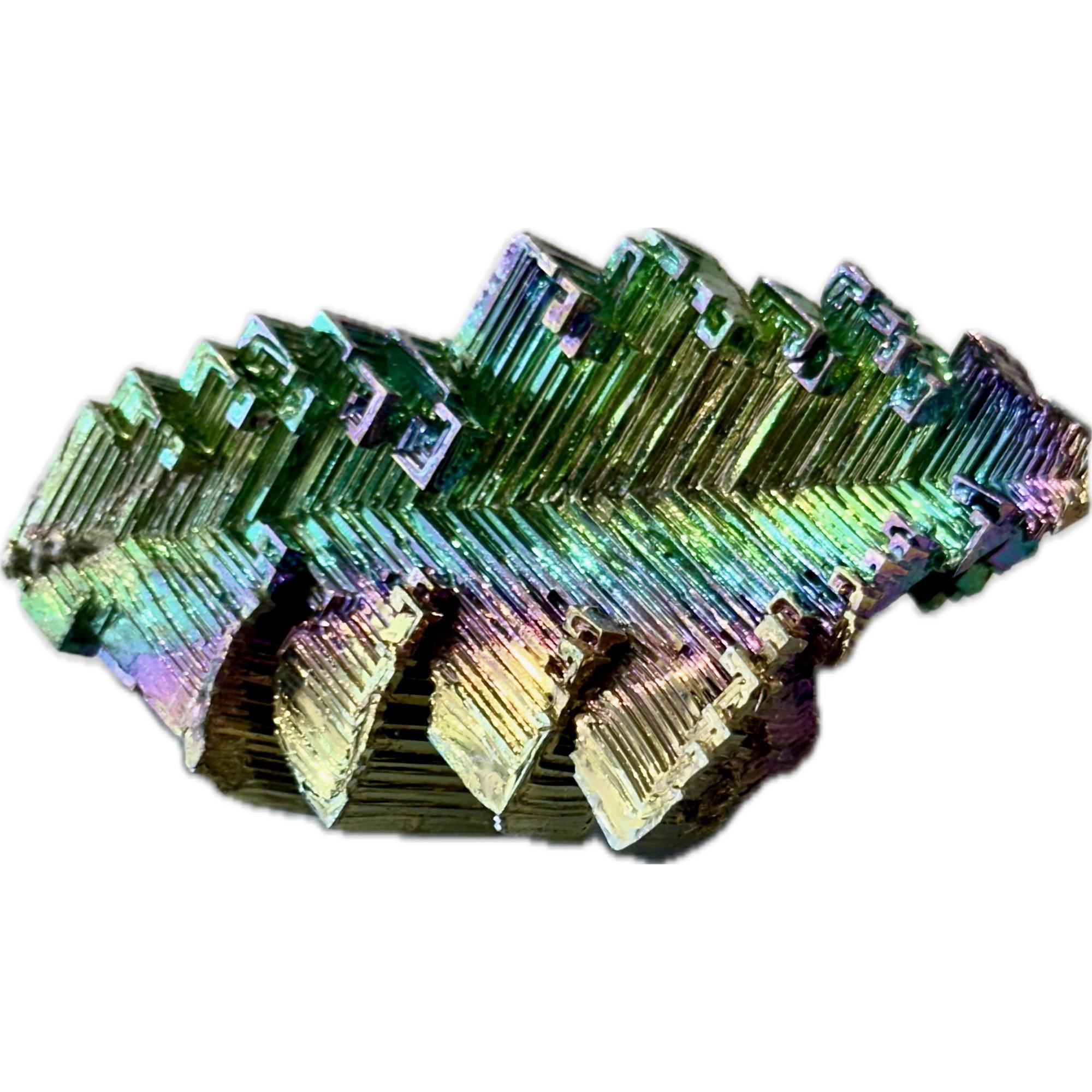Bismuth is a fascinating element, both in its natural form and when manipulated to grow into rainbow-colored crystals. Let’s delve into its properties, its unique crystalline structure, and the mesmerizing process of creating those stunning rainbow crystals.
Bismuth Basics:
Bismuth, with the atomic number 83, belongs to the group 15 (VA) of the periodic table. It’s a brittle metal with a silvery-white color in its natural form. Unlike other metals, bismuth has a low thermal conductivity and is a poor conductor of electricity, which makes it useful in certain applications, like being used as a replacement for lead in some applications due to its low toxicity.
Crystalline Beauty:
One of the most striking features of bismuth is its ability to form stunning, multicolored crystals when properly processed. This is due to the unique crystalline structure of bismuth, which forms as it cools from a molten state.
The Crystal Formation Process:
The process of growing bismuth crystals involves melting bismuth metal at a relatively low temperature (271.5°C or 520.7°F), just above its melting point. As the molten bismuth cools, its atoms arrange themselves into a distinct geometric pattern, forming crystals. However, what makes bismuth crystals so visually captivating is the presence of oxide layers on the surface, which interfere with light in such a way that it creates the iridescent rainbow effect.
Iridescence:
The rainbow-like colors seen on the surface of bismuth crystals are a result of thin oxide layers forming on the surface of the metal as it cools. These layers are incredibly thin, often just a few hundred nanometers thick, which causes interference patterns when light reflects off them. Depending on the thickness of these layers, different wavelengths of light are either amplified or canceled out, resulting in the vibrant array of colors seen on the crystal’s surface. This phenomenon is similar to the iridescence seen in soap bubbles or oil slicks.
Crystallographic Structure:
The crystal structure of bismuth is unique and plays a crucial role in its iridescence. Bismuth crystals typically form in a hopper-like shape, with step-like structures along their edges. This structure arises due to the anisotropic growth of bismuth crystals, where growth occurs more rapidly along certain crystallographic directions than others. As the molten bismuth cools and solidifies, these steps form, creating the distinctive hopper shape.
Applications and Uses:
Aside from their aesthetic appeal, bismuth crystals have several practical applications. Bismuth itself is used in various industries, including pharmaceuticals, cosmetics, and electronics. However, the rainbow crystals are often sought after for their decorative purposes, as they make unique ornaments and jewelry pieces. Additionally, they are sometimes used in educational settings to demonstrate principles of crystallography and light interference.
When bismuth is grown properly and professionally, it transforms into an exquisite display of natural artistry, captivating observers with its stunning beauty and vibrant colors. The process of creating these mesmerizing bismuth crystals requires precision, skill, and an understanding of both chemistry and crystallography. Here’s a closer look at how bismuth can be transformed into a thing of beauty when crafted with expertise:
Precision in Processing:
Producing beautiful bismuth crystals begins with sourcing high-quality bismuth metal. The purity of the bismuth is crucial, as impurities can affect the crystal’s formation and diminish its visual appeal. Professional bismuth crystal growers carefully select their raw materials to ensure optimal results.
Controlled Crystallization:
The key to achieving stunning bismuth crystals lies in the controlled process of crystallization. Professionals use precise temperature control and careful monitoring to melt the bismuth metal to its liquid state and then slowly cool it to allow crystals to form. This controlled cooling process is essential for producing crystals with well-defined shapes and vibrant colors.
Optimizing Growth Conditions:
Creating bismuth crystals with the most desirable characteristics requires optimizing various growth conditions, including temperature, cooling rate, and atmospheric conditions. Professionals may experiment with different parameters to achieve the desired crystal morphology and iridescent effect. By fine-tuning these factors, they can enhance the beauty of the resulting crystals.
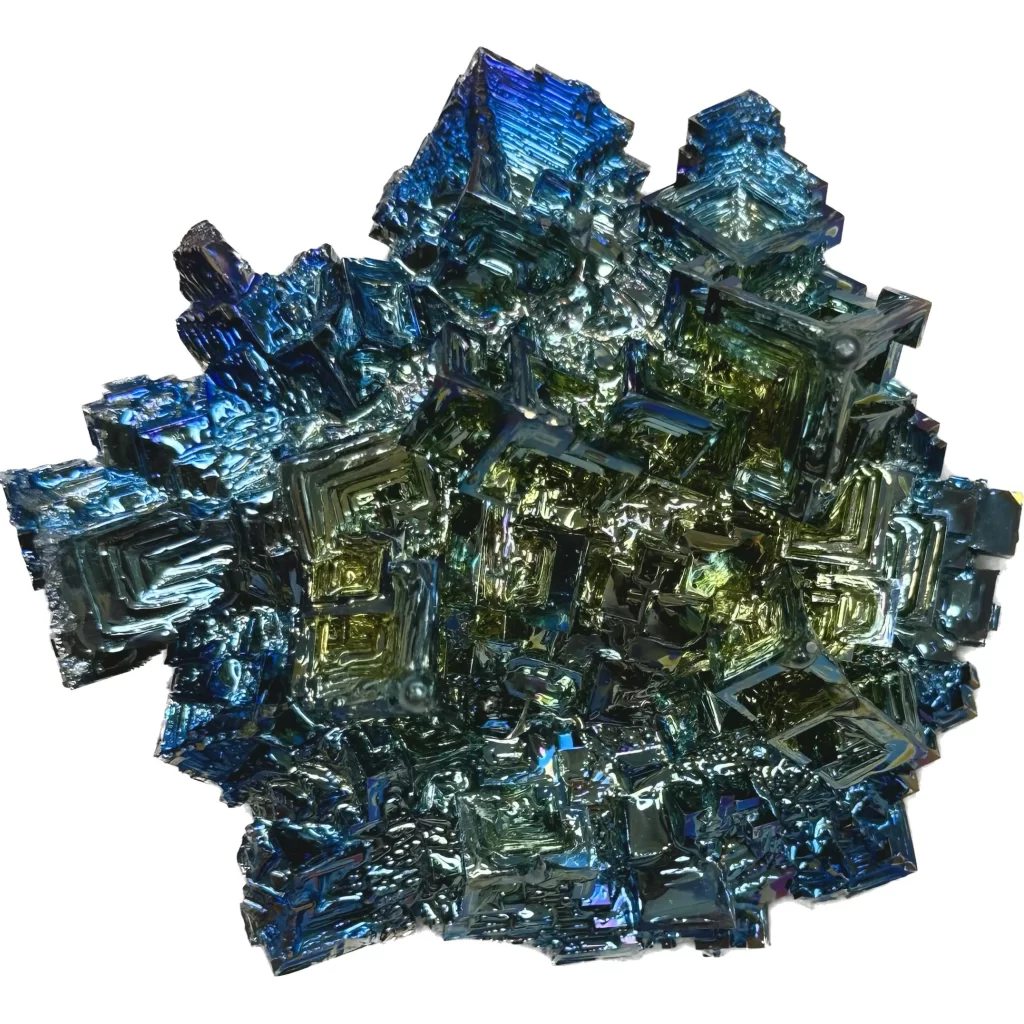
Surface Treatment:
In addition to growing the crystals themselves, professionals often employ surface treatments to enhance their visual appeal. This may involve carefully polishing the crystal surfaces to achieve a smooth, reflective finish. Surface treatments can also include selectively oxidizing certain areas of the crystal to enhance the iridescent colors, creating a more dynamic and captivating appearance.
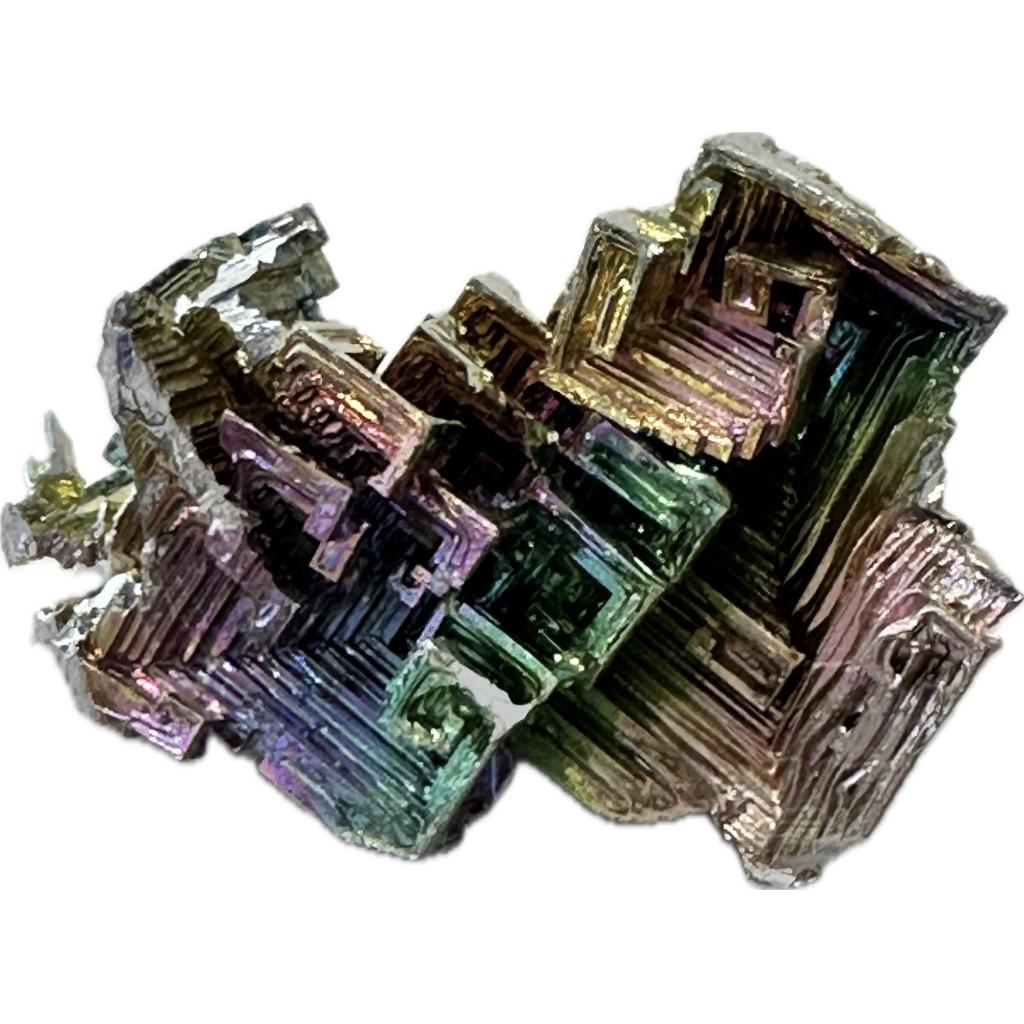
Presentation and Display:
Once the bismuth crystals have been grown and treated, they are ready to be showcased in all their splendor. Professionals may carefully arrange the crystals in displays that highlight their unique shapes and colors. Lighting can be used strategically to accentuate the iridescence of the crystals, creating a mesmerizing visual spectacle that draws viewers in.
Artistic Expression:
Beyond their scientific and decorative value, professionally crafted bismuth crystals are a testament to the intersection of art and science. Artists and craftsmen may incorporate these stunning crystals into their work, using them to create one-of-a-kind sculptures, jewelry pieces, and other artistic creations. The vibrant colors and intricate structures of bismuth crystals inspire creativity and evoke a sense of wonder in those who behold them.
Appreciation and Admiration:
Professionally made bismuth crystals are cherished by collectors, scientists, and art enthusiasts alike. Their unique beauty and intrinsic elegance make them highly sought after as decorative objects, conversation pieces, and educational tools. Whether displayed in a gallery, showcased in a museum, or adorning a private collection, these exquisite crystals evoke a sense of awe and appreciation for the natural world’s beauty and complexity.
Prehistoric 101 (Learn about fossils, minerals, and meteorites)
Bismuth: Learn More

